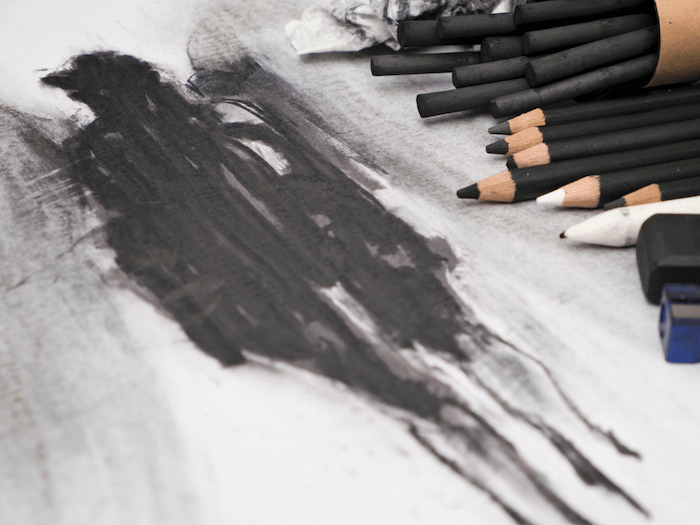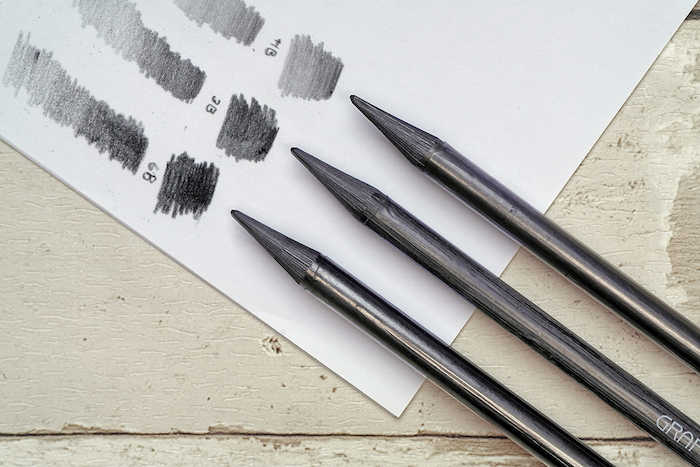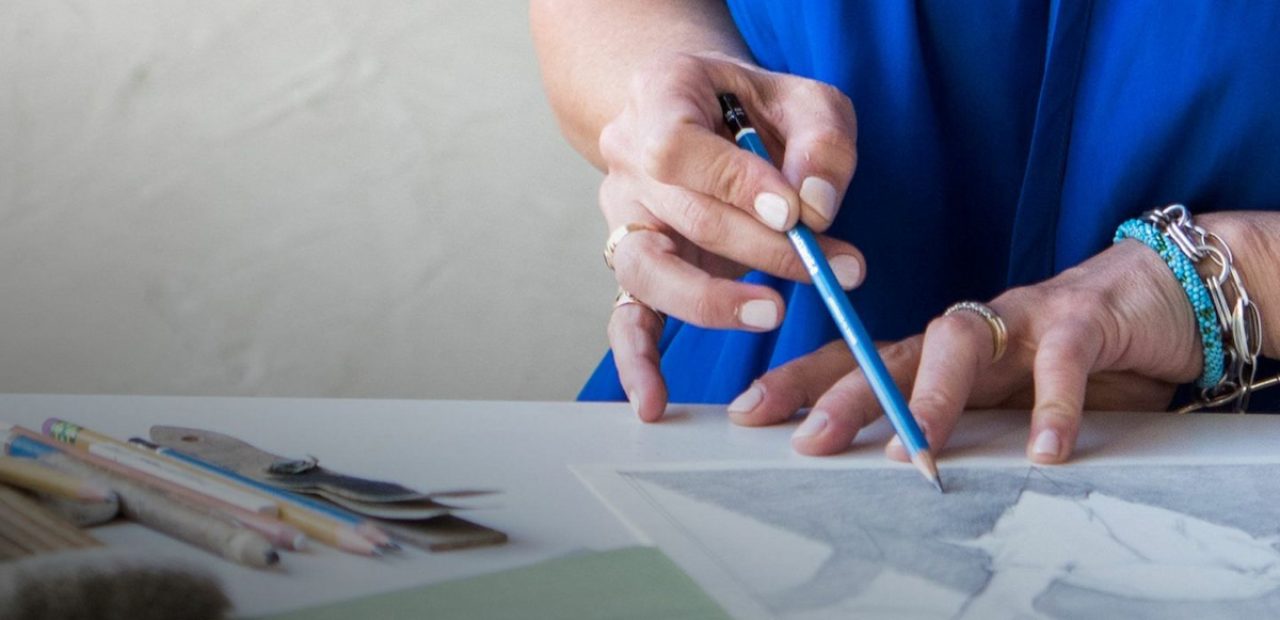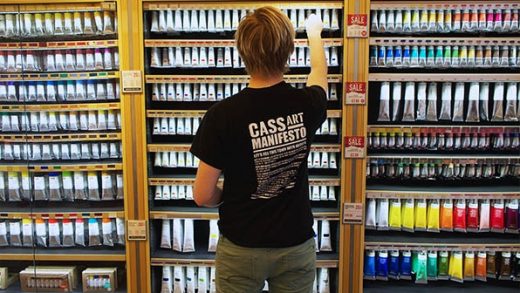Staple Sketching Tools: How to Choose the Best Pencils for Your Drawings
Without a doubt, the different types of sketching pencils are staples for many artists, producing anything from the lightest greys to the darkest blacks. Charcoal and graphite are the two most favoured choices among sketchers. You’ve probably used both, whether you’re a painter, sculptor, lover of life drawing, or someone who enjoys doing sketches as a hobby. Most studios and workshops use a combination of the two.
Even though both charcoal and graphite pencils are made from carbon, the two drawing experiences are very different due to their distinctive atomic structures. What are the differences, and how to choose the best art pencils for your sketching?
Contents
Charcoal-Based
The use of charcoal dates back to prehistoric times, as some of the oldest cave paintings in the world have charcoal traces. The material was altered and improved over time, becoming a well-liked drawing tool for artists. During the Renaissance, it was well-liked by artists like Rembrandt and Degas. Compressed charcoal, a more durable and dark substitute for natural charcoal, was first made in the 20th century.
Use Charcoal Pencils for Rich Black Effects With Less Mess
Charcoal has an irregular and non-uniform structure, which gives it a flaky, mushy touch because it folds in on itself. Charcoal makes it much simpler to layer and produce the deepest blacks without reflectivity. It encourages spontaneity because it is less precise, which makes it simpler to create drawings quickly.
However, working with charcoal can be messy and sometimes artists avoid it. If you’re afraid of the mess but love charcoal, pick charcoal pencils made of compressed charcoal enclosed in a protective layer. They’re great for artists who want to experiment with charcoal but still want some of the comforts of a pencil.

Charcoal pencils leave broad, expressive marks that are much simpler to make, making them more beginner-friendly for artists working on a large scale. And they’re great for quickly sketching out composition ideas or for use in life drawing classes where quick sketches are required.
When searching to buy charcoal pencils online, look for a set that offers a comfortable feel and gives you a lot of control over your marks, making it suitable for sketching, drawing, or smudging. It is still manipulable to produce a variety of rich, dark tones and thin or bold lines, even in this more structured form. Here are some things to consider when choosing the best charcoal pencils.
Wooden or Woodless
With the convenience of a wooden case, charcoal pencils provide all the advantages of compressed charcoal. They’re less likely to break, thanks to their wooden case, and they’re simple to sharpen to a fine point.
Woodless hexagonal pencils have lacquer coverings rather than wood cases. This coating guarantees hygienic handling; some artists claim lacquer offers better control and comfort than wood, especially when applying broad strokes and uniform shading. These pencils are also a little simpler to sharpen than wooden ones, but you still need to be careful.
Black or Tinted
You might come across tinted white charcoal pencils when looking to buy charcoal pencils online. Since they are composed of white pigment and a binder, technically speaking, these aren’t “true” charcoal, but you can use them in conjunction with charcoal in your artwork. Sepia and dark red are other colour options available.
Graphite-Based
The structurally distinct form of the element carbon is called graphite. Although both contain carbon, graphite and charcoal have very different atomic structures. The layers of carbon in graphite are more uniform, making the chemical bonds between these layers incredibly weak.
These bonds break as you draw, allowing each layer to separate easily from the primary graphite crystal. This characteristic is what makes pencils glide over your paper so easily. They leave behind traces made of microscopic graphite fragments sheared from the main crystal.
Graphite has a faintly shiny, almost metallic sheen on paper and card. This shine stands out more as you add more layers. You’ll see that graphite is less black and more grey than charcoal when you put them side by side.
Use Different Graphite Grades for Various Grey Shades
You can create a wide range of grey shades by using pencils of different grades. The lightest pencils are those with an H grade, while the darkest are those with a B grade. By layering and using a variety of pencil grades, you can produce greys that are more vibrant and have an immense contrast between light and dark.

Most sketching papers are suitable for using graphite. Compared to the more expensive charcoal, it adheres better on most sketching paper and books, needing little, if any, fixative. Lead hardness is the most crucial factor to consider when choosing the best graphite pencils.
Pencil Lead Hardness
Most people have heard of an HB pencil, but few know what that abbreviation means. HB pencils are in the middle of the range and are typical writing pencil that works well for drawing in lines. Most pencils are letter- and number-graded. These classifications describe the lead’s hardness and texture.
- H stands for hard; a pencil with this grade will produce a lighter, finer line because it has more clay in the lead. The lead is lighter the higher the corresponding number. The lightest and hardest pencil has a 9H mark, functioning more like a chisel. H leads are difficult to smudge.
- B stands for blackness; a B-grade pencil has more graphite and will produce a bolder, darker line. The lead is softer and darker the higher the corresponding number. The darkest pencil that is currently available is a 9B. B leads are easily smudged but easily wiped away.
- F stands for a fine point; an F pencil can make darker and lighter marks without going to the extreme. F leads are referred to as “fine” because they can maintain their sharpness for a longer period.
















